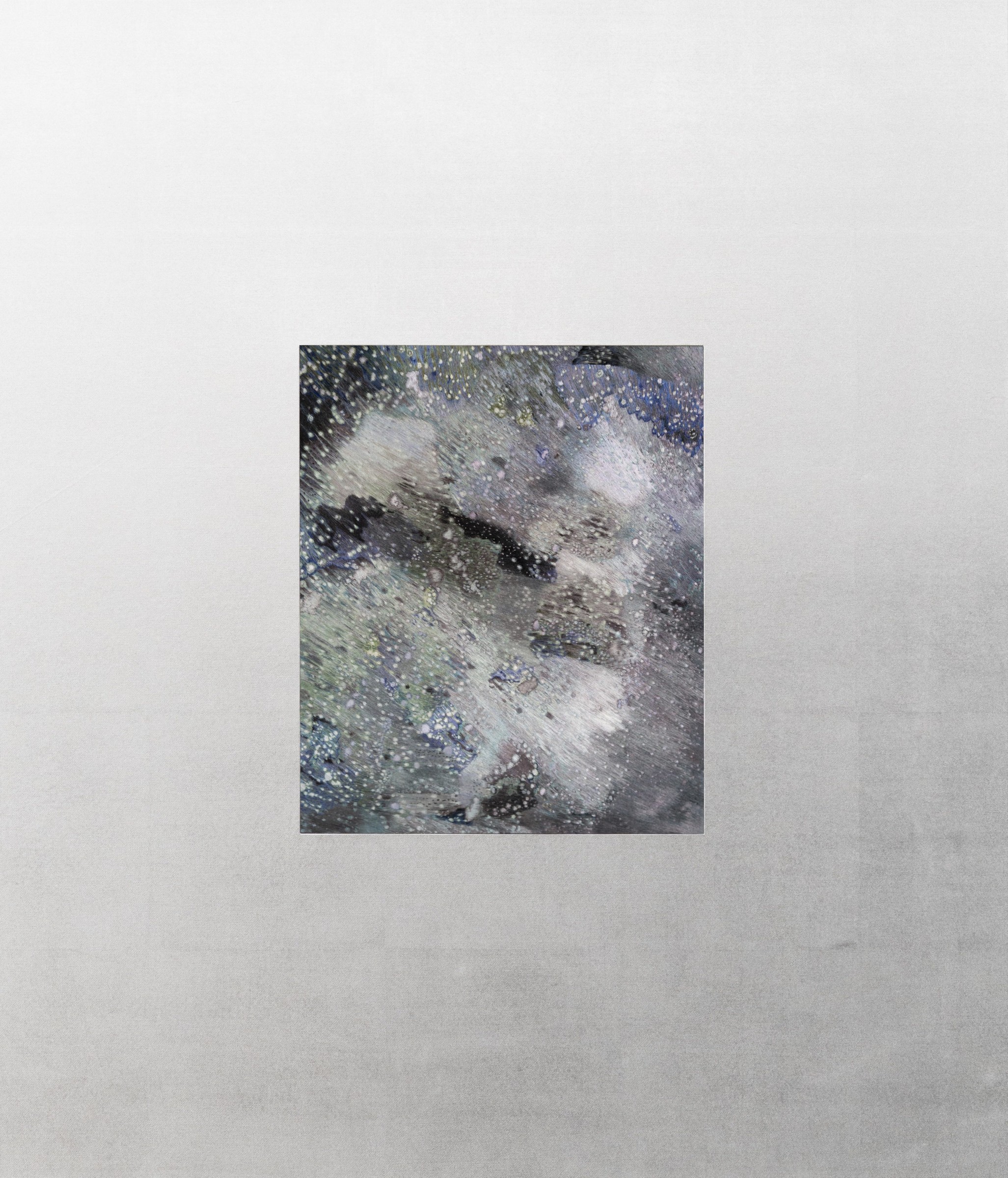EXHIBITIONS

09.05.2025, 6–8 PM
YveYANG is pleased to present Legume Blossoms in Blue, Wang Ye’s long-awaited first solo exhibition in New York City, opening September 5. Featuring new silk embroidery works and soft sculptures, the exhibition merges century-old techniques with contemporary innovation, transforming an ancestral tradition into a language for the present.
The exhibition title draws on the Chinese phrase“绣花”(literally “embroidering blossoms”), the everyday term for embroidery. While many Xiang embroidery works depict floral motifs, here also serves a metonym for the craft’s artistic and ornamental spirit—its beauty, refinement, and non-utilitarian nature. Legume Blossoms in Blue not only introduces Wang’s sui generis practice, but also offers a poetic reflection on the history and evolution of Xiang embroidery in Changsha, Hunan, where the artist now lives, works, and studies among local craftswomen.
Changsha is a center of Xiang embroidery where artisans continue to work with techniques passed down for generations. Often perceived as static or frozen in time, these practices are too easily framed within a linear, Western notion of progress that equates innovation with rupture. By working alongside the embroiderers, Wang proposes another model—one of plural modernities in which temporality is layered, and a local past can remain an active site of theoretical and artistic production.
Xiang embroidery broadly encompasses the diverse textile traditions of Hunan, where the needle as brush and thread as pigment have achieved lasting artistic significance. From Qu Yuan’s verses in The Songs of Chu to the silk relics of the Mawangdui tombs, the medium’s legacy is woven deep within the region’s history. Ethnic minority embroidery—often closely tied to women’s culture—forms another vital strand of this heritage.
In its narrower definition, modern Xiang embroidery took shape between 1878 and 1898 under the influence of two pioneering embroiderers, Hu Lianxian and Madam Wei. Both studied traditional Suzhou and Cantonese techniques before reforming them in their own practice. Their most notable innovation was the “blended stitch” (掺针), which has since become the defining hallmark of modern Xiang embroidery.
The exhibition draws inspiration from an embroidered skirt decoration attributed to Madam Wei, remembered through oral history. Created around 1900, it depicts a progression of legume blossoms—white to pale blue, to light blue, to deep blue—a palette known as Three Blues Flowers (三蓝花). The blended stitch enabled seamless gradations, imbuing the stylized motif with an unexpected naturalism. Yet when Wang searched for such blue-and-white legume blossoms in their native hometown, only white and violet varieties could be found. Beyond the distortions of oral transmission, this absence underscores the blended stitch’s transformative power—its ability to heighten and reimagine color beyond the natural world.
Wang Ye (b. 1991, Changsha, Hunan, China) lives and works in Changsha. Their work has been exhibited at LUMA Westbau (Zürich), Turm zur Katz (Konstanz, Germany), West Bund Art Center Ceramic House (Shanghai), Today Art Museum (Beijing), X Museum (Beijing), Cloud Art Museum (Shenzhen), Long March Independent Space (Beijing), and Lisson Gallery (Shanghai). They are a graduate of the China Central Academy of Fine Arts and the Yale University School of Art.
09.05.2025, 6–8 PM
